#gypsy troubadour
Text
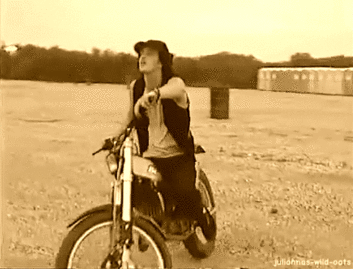

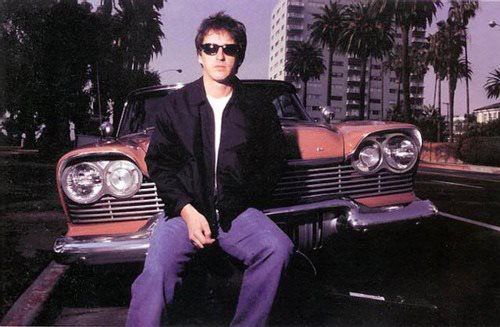
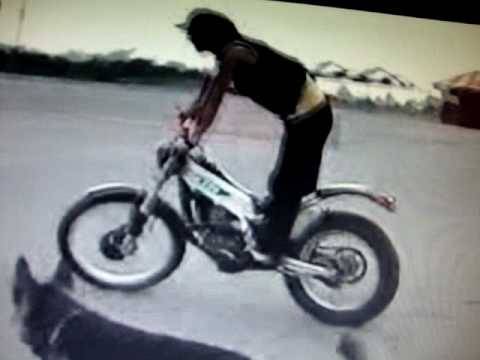




Izzy has always been the kind of guy with somewhere else that he needed to be.
- Slash
Izzy is a gypsy. He's happy doing his own thing, and he lives life to the fullest.
- Steven Adler
#take me away with you izzy#he punishes me with his bottom lip#izzy stradlin is the death of me#gypsy troubadour#izzy stradlin#i love you izzy!#guns n roses#Ride On
115 notes
·
View notes
Text
Ixzl Appreciation Day
Part VII
"They were fucking hardcore on stage. Izzy was doing knee slides and Axl was bashing down. It was cool, like, 'F**k…'"
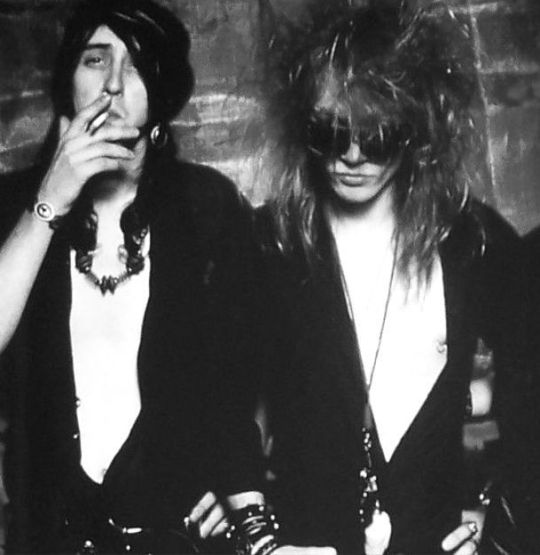



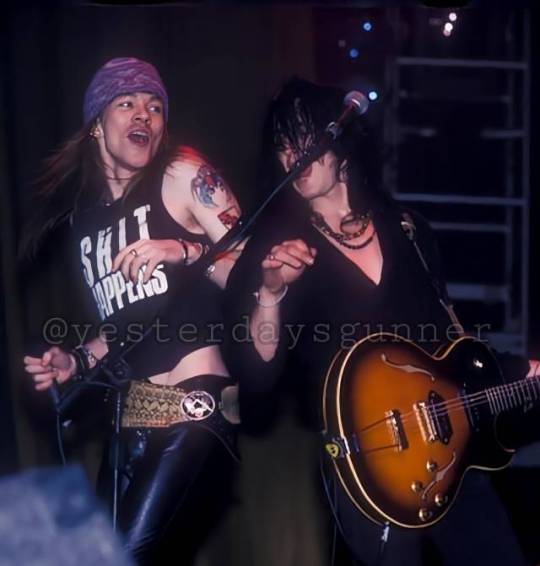
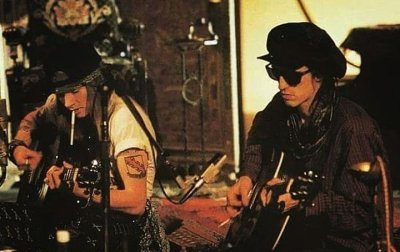
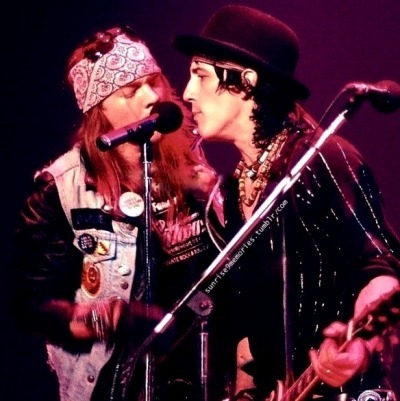
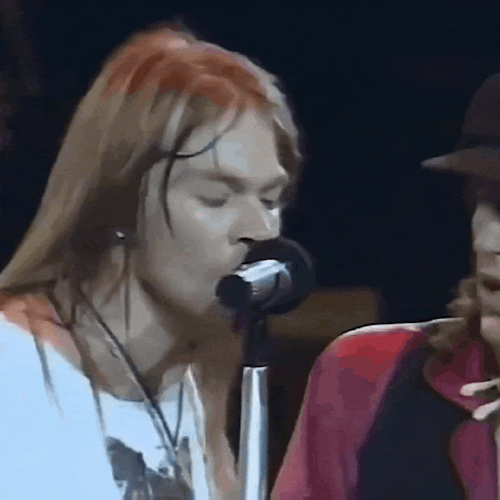
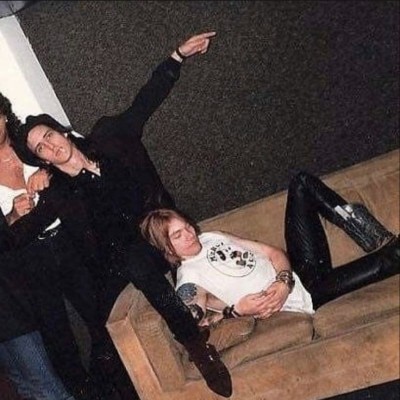

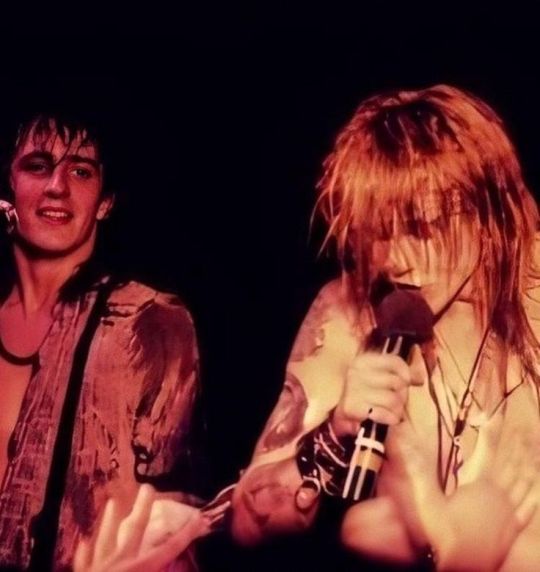
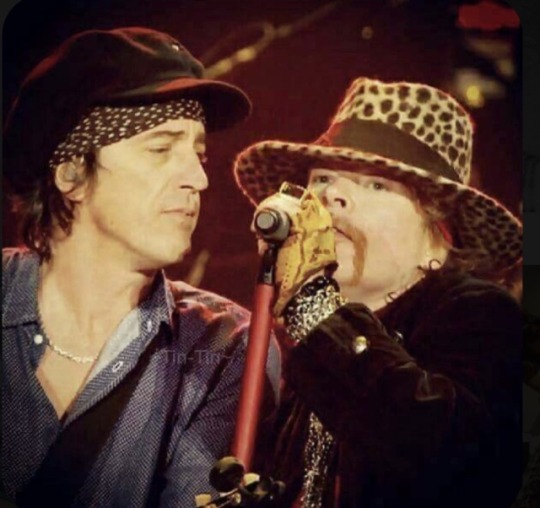
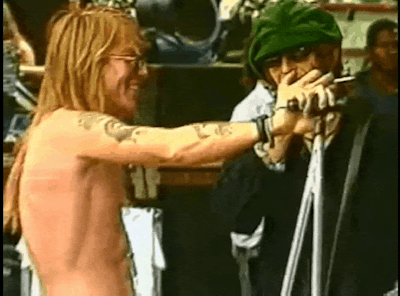
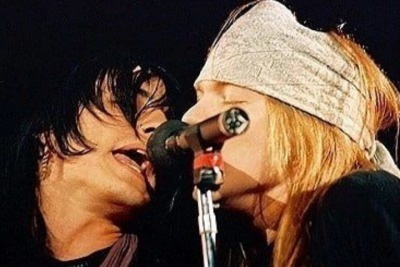
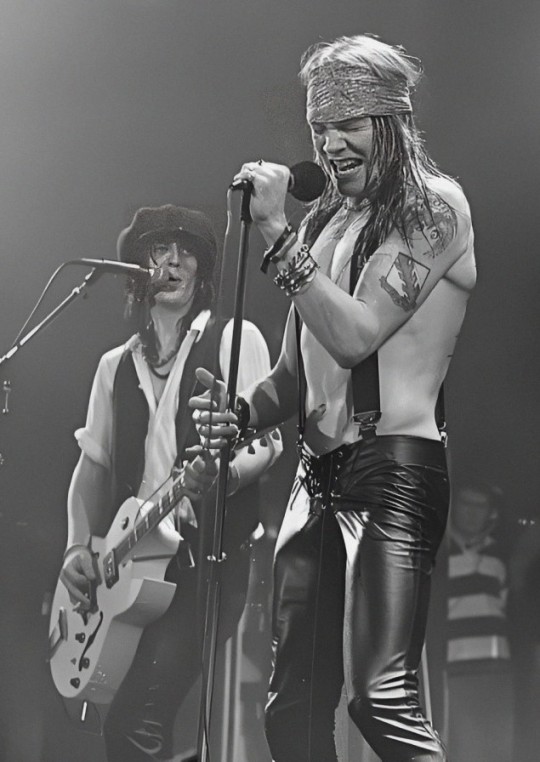

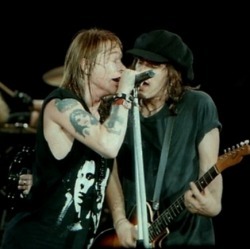
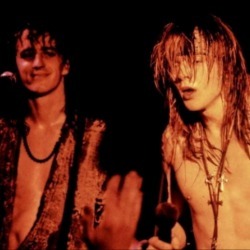

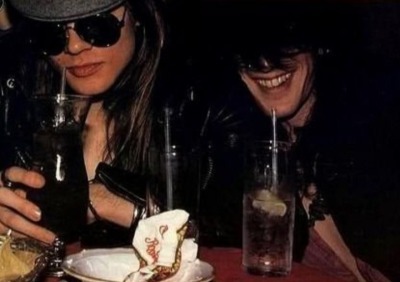


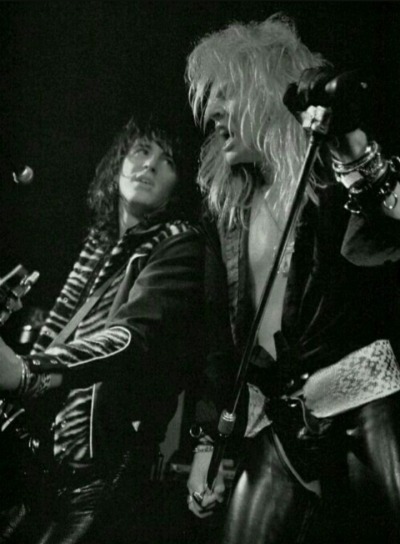
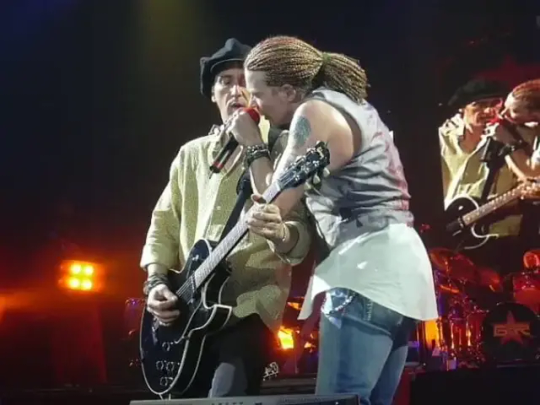
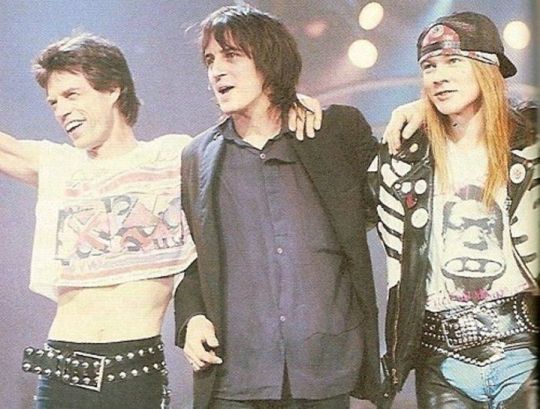
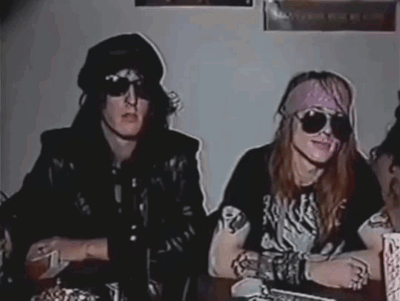
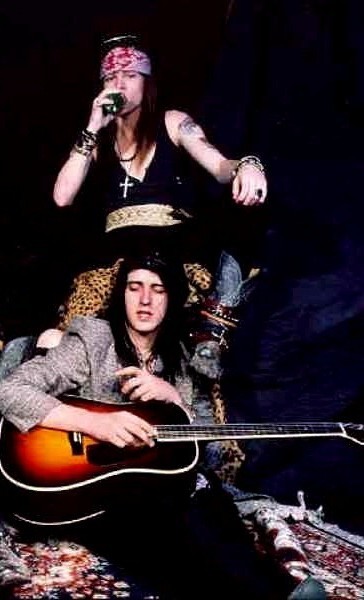

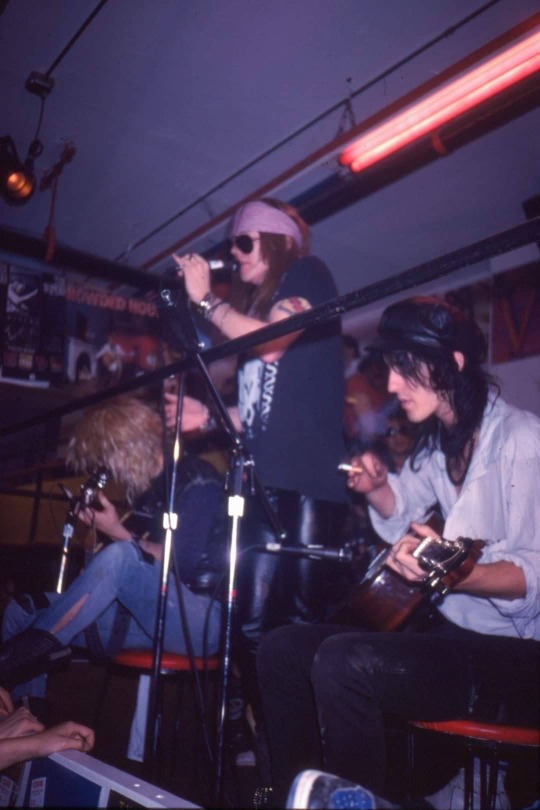
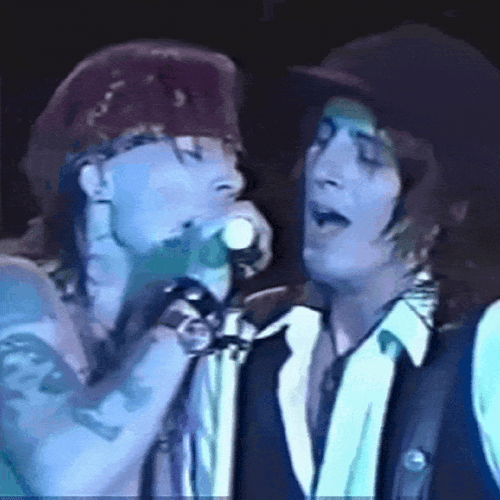
Izzy & Axl
Ixzl Appreciation Day
Part VII
You've been breaking down my back and I've been racking out my brain.
It don't matter how we make it cause it always ends the same.
You can push it for more mileage, but your flaps are wearing thin.
And I can sleep on it 'til morning, but this nightmare never ends.
Don't forget to call my lawyers with ridiculous demands.
And you can take the pity so far but it's more than I can stand.
'Cause this couch-trip's getting older, tell me - how long has it been?
Cause five years is forever, and you haven't grown up yet!
Above quote: Slash, describing the first time he saw Izzy Stradlin and Axl Rose performing onstage together. - Kerrang! interview
#izzy stradlin#axl rose#ixzl appreciation day#guns n roses#gnr#guns n' roses#izzy gnr#izzy stradlin was put on this earth to torture me#my gypsy troubadour#ixzl tortures me too you know#ixzl#izzy and axl#them indiana boys on them indiana nights#you could be mine#ixzl gnr#axl gnr
91 notes
·
View notes
Note
FMK Stars Hollow townie edition
Miss Patty, Babette, Gypsy
Tom, Kirk, Taylor
Town Troubador, Andrew, Bootsy
Fuck: Miss Patty. Gawd. The things she could teach me.
Marry: Gypsy. She's the perfect woman and I need new hubcaps.
Kill: Babette. Sorry, hon.
Fuck: Kirk. You know he's secretly kinky and if he could land a babe like Lulu there's some good stuff there.
Marry: Tom. I love manly men, what can I say.
Kill: Taylor. Oh, so many reasons.
Fuck: Town Troubadour. He can sing Brandi Carlile to me afterwards.
Marry: Andrew, because he has a bookstore.
Kill: Bootsy, because I can't remember a single personality trait of his whatsoever.
6 notes
·
View notes
Note
FMK Stars Hollow Townies Edition
Miss Patty, Babette, Gypsy
Kirk, Taylor, Tom
Troubador, Andrew, Bootsy
oh my GOD!! i have NEVER been more excited for a question.
ok.
F: Miss Patty, Kirk, and Troubadour. Miss Patty just has raw sexual energy (obviously), Kirk I think would be surprisingly bendy, and Troubadour would sing you sweet songs before and after.
M: Babette, Tom, and Andrew. Babette is so silly goofy but she just has a good soul and a warm presence. Tom can construct our cozy little house, and he seems like he’s secretly cuddly. And then Andrew owns a bookstore…what else can I say.
K: I regret to announce that I’m forced to kill Gypsy (I’m sorry my sweet), Taylor (lol), and Bootsy. Bootsy just cause I *had* to marry Andrew
This was so fun! Thank you for sending this in bestie!! <3
4 notes
·
View notes
Video
youtube
The singer songwriter, poet and folk musician Jackie Leven was born on June 18th 1950.
Born as Alan Moffatt in Kirkcald in the Pictish region he called "the Kingdom of Fife," a few miles southwest of the River Leven to a London-Irish father and Northumbrian mother, both Romany Gypsies, he was an outsider from birth. His mother played blues records around the house, and by 16 Jackie was playing in local folk clubs, and briefly married.
Though a prize-winning pupil at school (where Gordon Brown was in his year), he claimed he was the first Scots student expelled for drug-taking. A vendetta by a local gang forced him to flee Fife aged 17. During the late 1960s, he spent months huddled homeless around London's South Bank, and worked as a labourer in Kerry, Berlin and Madrid, where he recorded his first album, Control (1971), under the pseudonym John St Field. He also once mentioned he had married a millionairess.
He met his Doll by Doll bandmates while squatting Dorset farmhouses in the early '70s. "In some respects the best days of our lives, in a wonderful dream of Old England," he recalled. They reconvened in 1975, in a west London squat, Bristol Gardens, a street with "a huge contingent of badly damaged, but nevertheless wonderful fun Scottish guys ... prostitutes and petty thieves".
Doll by Doll carried their own "serious unresolved edges". Leven had a near-fatal overdose before they made Remember in 78, a blunt instrument of a debut which approximated their confrontational live act. "I can remember a couple of nights at the Marquee where I would have given anything to be in that audience," he recalled. "At the same time, there were people thinking, 'If I don't get away from this band right now, I might literally go insane.'"
Their second album, Gypsy Heart in 1979, was Leven's lyrical breakthrough. Its romantic Celtic soul music explored what would become enduring themes: identity, wanderlust and landscape. "I've never had my own place to live, I've always ended up living at other people's, and that continues to this day," he said in a 2007 interview. "But that record made me feel I had a place in the world, even if it was a very unpleasant place that wasn't going to do me any favours."
Record-company politics and their own unstable natures did for Doll by Doll after two more albums. In 1983, Leven was strangled and had his throat slashed in a mugging. Unable to speak or sing for over a year and dropped by his label, he found solace in heroin. He would sit for weeks in Marylebone station, silent and profoundly depressed.
Recovering in 1985 via acupuncture and "psychic healing", he co-founded the CORE Trust, a charity which offers holistic help for addiction. Through it, he met Princess Diana. Moving to Scotland's West Coast, he soaked up the "fierce warmth" of trawlermen in the bars at night, and began to write again.
In 1994, he returned to music with The Mystery of Love is Greater Than the Mystery of Death, the first of 24 albums for Cooking Vinyl. These formed a prolific, redemptive songbook about a cruel world, often sung and played with deceptive lightness. His own partial healing, and 1990s fascination with the "Iron Man" philosophy of Robert Bly, gave him new perspective on the scarred tough men of great songs such as "Classic Northern Diversions". He settled happily in Hampshire with his long-term partner Deborah Greenwood, but each year he took a sleeping bag, and wandered country lanes again. "My missus says, 'Jackie, you're a vagabond and I accept that'," he said. To me it must have been that Romany blood he inherited.
In concert he was a charismatic troubadour. Settling at the bar for a pint before the gig, he'd then leaven his songs with dryly hilarious tall tales. Four live albums released in 2009, under the general heading "The Haunted Year", give the fullest picture of his work. A yarn where he announces Sting's death on a Kirkaldy commuter train is inseparable from the songs. His last album, Wayside Shrines and the Code of the Travelling Man, was released in 2011, during which he continued to tour, until the cancer which killed him made it impossible. "I sometimes think I'm too connected to the pain of other people," he once said, unsure if this was a good thing. "Out of that, and anger about that, I find myself writing." This sympathy for often violent, stoic people who were rarely offered it had, in his finest songs, few parallels.
Leven died on 14 November 2011, aged 61, of cancer. Ever the performer and knowing he was dying, Leven had been due to perform at the Green Hotel in Kinross for Mundell Music on Friday night 18 November.
I’ve chosen a great song by Jackie call Exit Wound, I first heard this after reading the Ian Rankin Rebus novel, by the same name in 2008, Ian was a big fan of Jackie’s, I know this is the part of the post where most people move on and don’t bother listening to the song, but I implore you, please for a change have a listen to it, Jackie Leven is one of the most underrated geniuses of the Scottish music scene.
"If you could look inside my heart
You'd see a body without a soul"
Deserted villages - forget-me-nots
Blowing in the cold
"If you could look inside my heart
You'd see a body without a soul"
Deserted villages - forget-me-nots
Blowing in the cold
It was the time of spring and song
The lilac had already been and gone
I had just returned from walking
By the sounding sea
I came back from the hotel
Where you turned and said to me
White bars of heaven keep me from you
I know you're living in hell, but what can I do
White bars of heaven keep me from you
I know you're living in hell, but what can I do
I stood under the shattered star
And watched the drunks fall by
With every stumble that I saw
A picture cleared in my mind's eye
I see you walk away with your heels
Sparking on the ground
And though I lie alone
I feel your fingers deep inside
My exit wound
Now I have been on your side so strong
Though something in your kiss was all wrong
And now you say there's something
Something wrong inside my mind
You're gonna let me go
I hear you whisper from behind
8 notes
·
View notes
Text
1 note
·
View note
Text

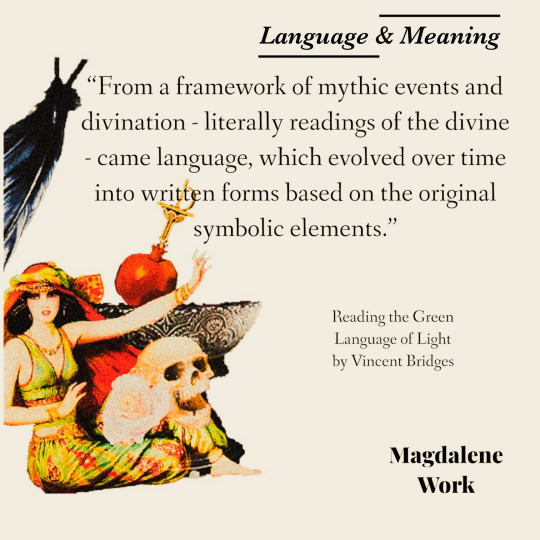
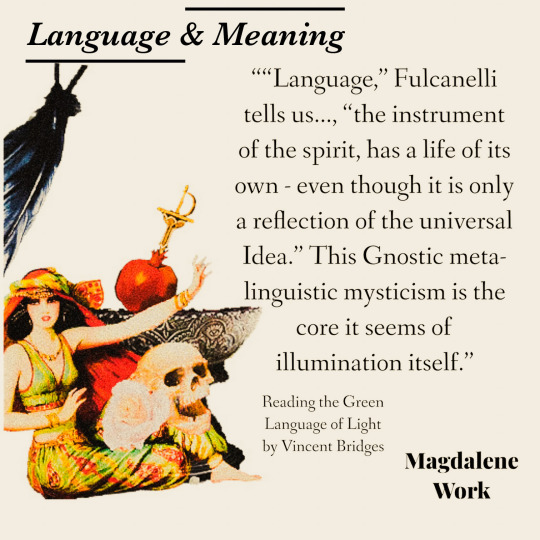
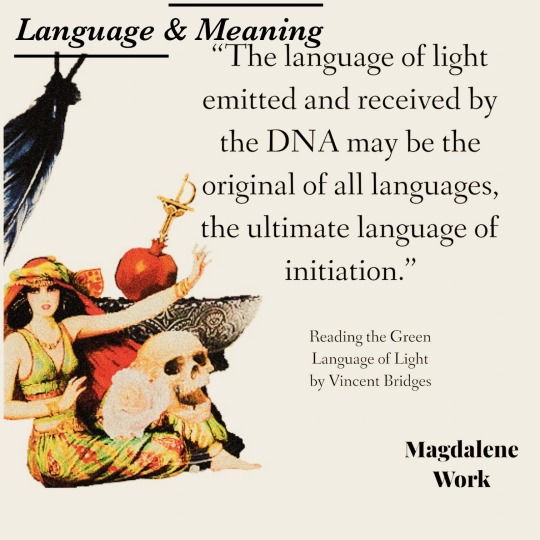
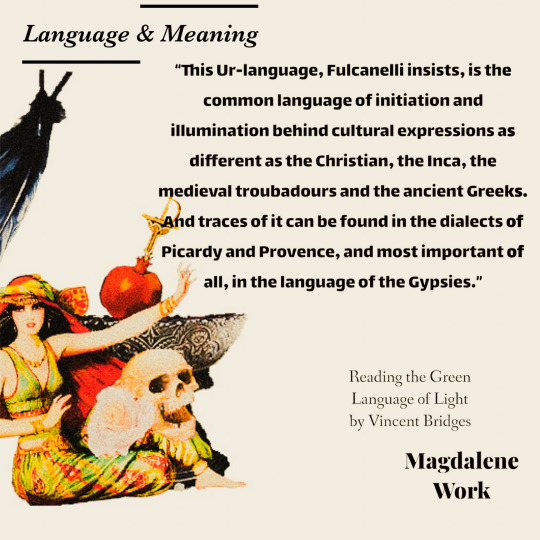



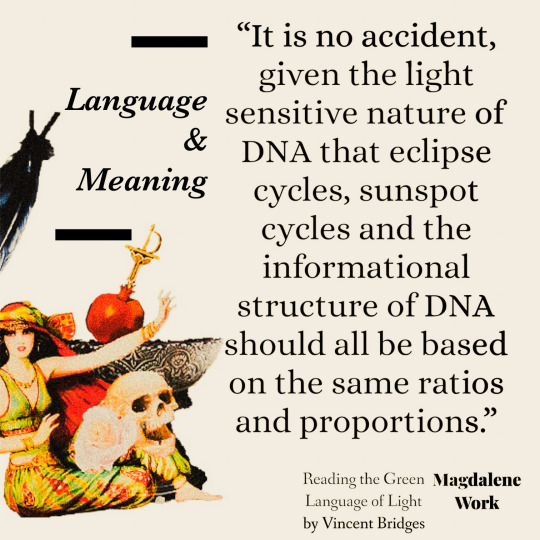
Quotes
* Divination is one of man's oldest spiritual technologies, its origins lost…
* From a framework of mythic events and divination - literally readings of the divine - came language, which evolved over time into written forms based on the original symbolic elements.
* “Language,” Fulcanelli tells us…, “the instrument of the spirit, has a life of its own - even though it is only a reflection of the universal Idea.” This Gnostic meta-linguistic mysticism is the core it seems of illumination itself.
* The language of light emitted and received by the DNA may be the original of all languages, the ultimate language of initiation.
* This Ur-language, Fulcanelli insists, is the common language of initiation and illumination behind cultural expressions as different as the Christian, the Inca, the medieval troubadours and the ancient Greeks. And traces of it can be found in the dialects of Picardy and Provence, and most important of all, in the language of the Gypsies.
* And, to top it off, he told us that traces of it can be found in the language of the Gypsies, a fairly obvious reference to the Tarot, long held to be a Gypsy invention.
* Could it be possible, by looking at the structure of DNA, to reconstruct this dragon's speech, this green language of light's syntax, grammar and vocabulary? And could it be, as Fulcanelli suggests, that fragments of that original language of light can be found in the divinatory systems used by all nautes, shaman and initiates?
* The increment of change between the pairs described the rhythmic structure of that elusive quality the now or the everchanging present.
* How this actually worked was a mystery until recently. Carl Jung's study of the I Ching led to his theory of synchronicity as an acausal connecting principle, but he was unable to see how the flow of archetypes formed meaningful structures in an acausal manner. Synchronicity could be defined as a psychological event, the projection of meaning onto a background of randomness, but Jung left unanswered the question of meaning itself. Does this temporal universe inhabited by biological entities truly have a “meaning?”
* It is no accident, given the light sensitive nature of DNA that eclipse cycles, sunspot cycles and the informational structure of DNA should all be based on the same ratios and proportions.
* From this we can see that the structure of the I Ching and the DNA code contains both local solar system time orchestrated by the permutations of sun, moon, eclipses and sunspot cycles, and the larger cycles of precessional time. Counting by turns and triplets reveals that a macrocosmic framework of precessional numbers supports the microcosm. The movement of the spring equinox backward through the zodiac due to the tilt of the earth's axis is measured at the rate of one degree every 72 years, therefore 12 triplets, 1 and 1/5th turns of the helix equals 1/6 of a degree of precessional motion, or 12 years. Given that there billions of turns and millions of triplets in a single strand of DNA, then the entire history of the universe, from beginning to end, could be coded into our DNA.
Reading the Green Language of Light
by Vincent Bridges
Divination is one of man's oldest spiritual technologies, its origins lost…
From a framework of mythic events and divination - literally readings of the divine - came language, which evolved over time into written forms based on the original symbolic elements.
“Language,” Fulcanelli tells us…, “the instrument of the spirit, has a life of its own - even though it is only a reflection of the universal Idea.” This Gnostic meta-linguistic mysticism is the core it seems of illumination itself.
The language of light emitted and received by the DNA may be the original of all languages, the ultimate language of initiation.
This Ur-language, Fulcanelli insists, is the common language of initiation and illumination behind cultural expressions as different as the Christian, the Inca, the medieval troubadours and the ancient Greeks. And traces of it can be found in the dialects of Picardy and Provence, and most important of all, in the language of the Gypsies.
And, to top it off, he told us that traces of it can be found in the language of the Gypsies, a fairly obvious reference to the Tarot, long held to be a Gypsy invention.
Could it be possible, by looking at the structure of DNA, to reconstruct this dragon's speech, this green language of light's syntax, grammar and vocabulary? And could it be, as Fulcanelli suggests, that fragments of that original language of light can be found in the divinatory systems used by all nautes, shaman and initiates?
The increment of change between the pairs described the rhythmic structure of that elusive quality the now or the everchanging present.
How this actually worked was a mystery until recently. Carl Jung's study of the I Ching led to his theory of synchronicity as an acausal connecting principle, but he was unable to see how the flow of archetypes formed meaningful structures in an acausal manner. Synchronicity could be defined as a psychological event, the projection of meaning onto a background of randomness, but Jung left unanswered the question of meaning itself. Does this temporal universe inhabited by biological entities truly have a “meaning?”
It is no accident, given the light sensitive nature of DNA that eclipse cycles, sunspot cycles and the informational structure of DNA should all be based on the same ratios and proportions.
#gnosis#alchemy#fulcanelli#carljung#language#greenlanguage#divination#vincentbridges#gypsum#gypsy#meaning#dna#light language
0 notes
Text
J.J. Cale – Troubadour
J.J. Cale – Troubadour
Shelter Records – SRL-52002 Vinyl, LP, Album, 1976 US Santa Maria Pressing
Side 1.
1. Hey Baby 3:16
2. Travelin’ Light 2:53
3. You Got Something 4:04
4. Ride Me High 3:39
5. Hold On 2:05
6. Cocaine 2:51
Side 2.
1. I’m A Gypsy Man 2:45
2. The Woman That Got Away 2:55
3. Super Blue 2:41
4. Let Me Do It To You 3:01
5. Cherry 3:27
6. You Got Me On So Bad 3:16
Matrix:
Rights Society: BMI
Matrix /…
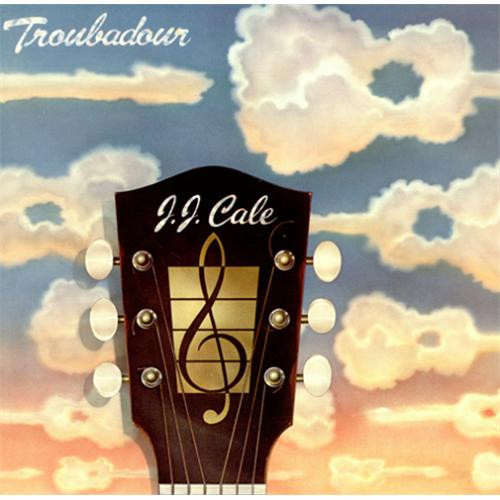
View On WordPress
0 notes
Video
youtube
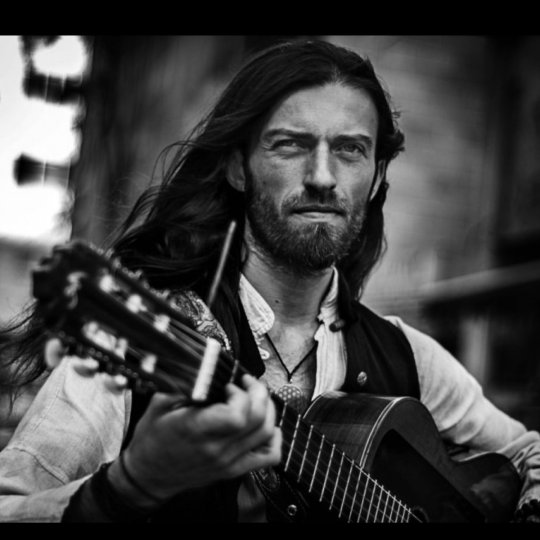
2 notes
·
View notes
Photo

St. Christopher Protect Us #catholic #stchristopher #marianist #troubadour #gypsy #forager #fabulous #pinkhands #blueblood #blueeyes #blackheart #whitesoul #houseavalon #birdaliens #joanwashere #cultof1000johns
#fabulous#blueblood#catholic#cultof1000johns#whitesoul#birdaliens#stchristopher#joanwashere#troubadour#gypsy#marianist#blueeyes#forager#pinkhands#blackheart#houseavalon
1 note
·
View note
Photo
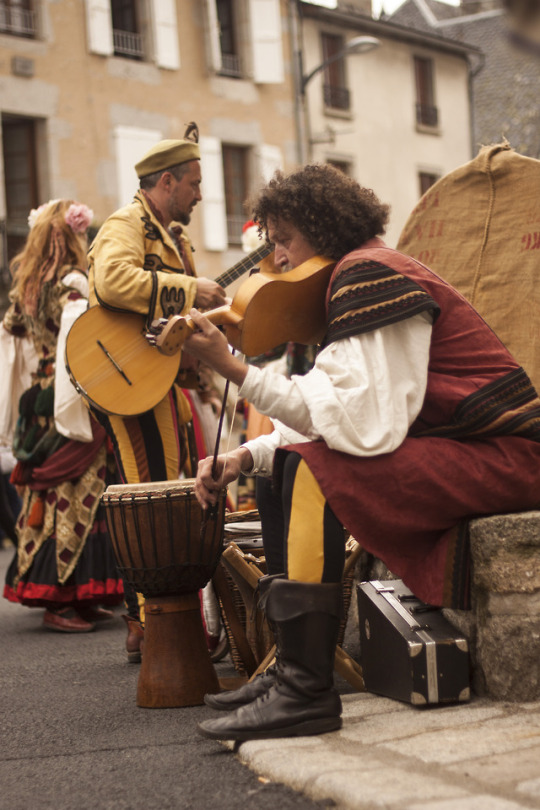
v i o l i n d e l i g h t s
Le Malzieu, France - 12 Mai 2018
1 note
·
View note
Text
Happy Birthday to the Man Who Started it All
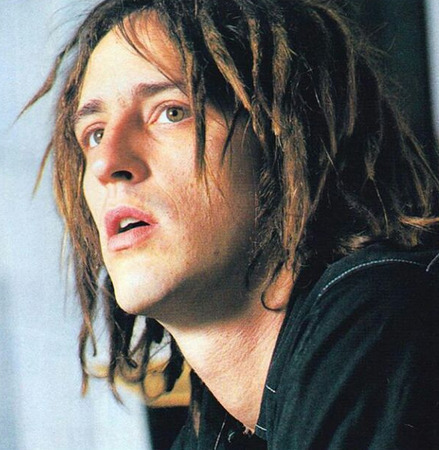



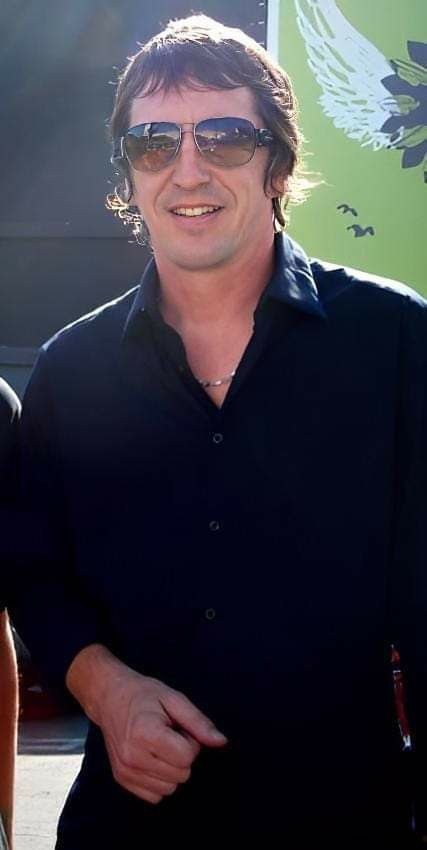





youtube
"Patience"
Said, woman, take it slow, and things will be just fine
You and I'll just use a little patience
Said sugar, take the time, cause the lights are shining bright
You and I've got what it takes to make it
We won't fake it
Aw, I'll never break it
Cause I can take it

It doesn't matter where you are or where you go; it's always hot on April 8th. 🔥
Happy Birthday to the talented and respected, sexiest bastard on the planet.
Izzy Stradlin.


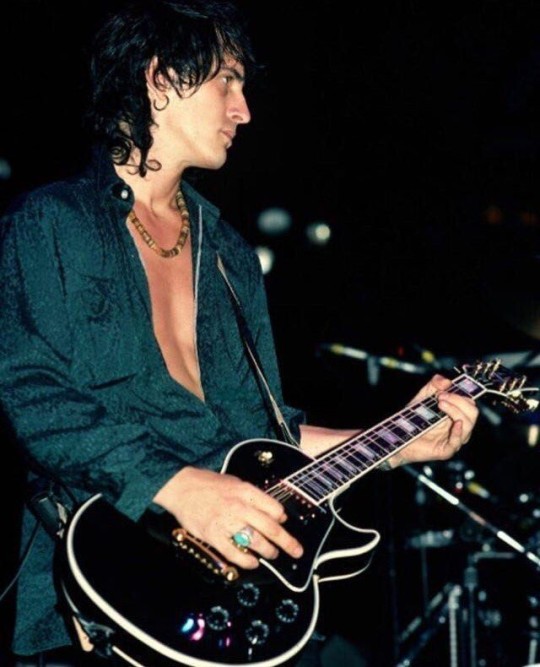

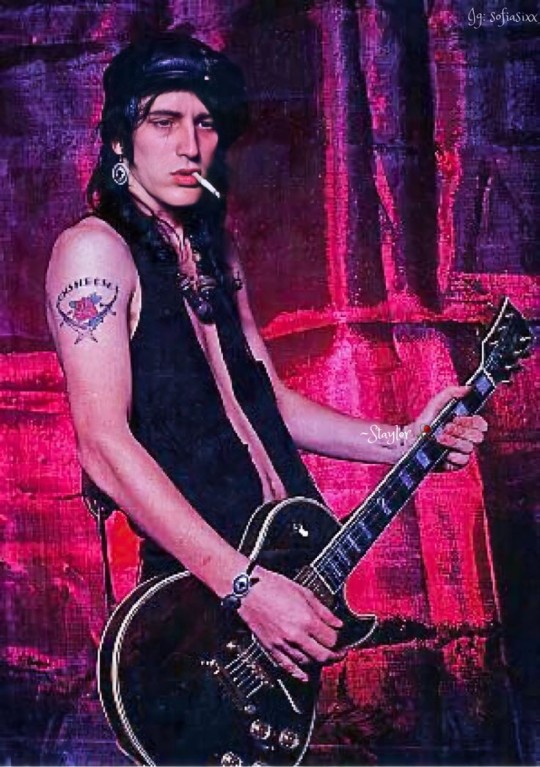



youtube
"Think About You"
Somethin' changed in this heart of mine
You know that I'm so glad that you showed me
Honey, now you're my best friend
I wanna stay together 'til the very end
Ooh, it was the best time I can remember
Ooh, and the love we shared, is loving that'll last forever
I think about you, honey, all the time, my heart says yes
I think about you, deep inside I love you best
I think about you, you know your the one I want
I think about you, darling you're the only one ...
youtube


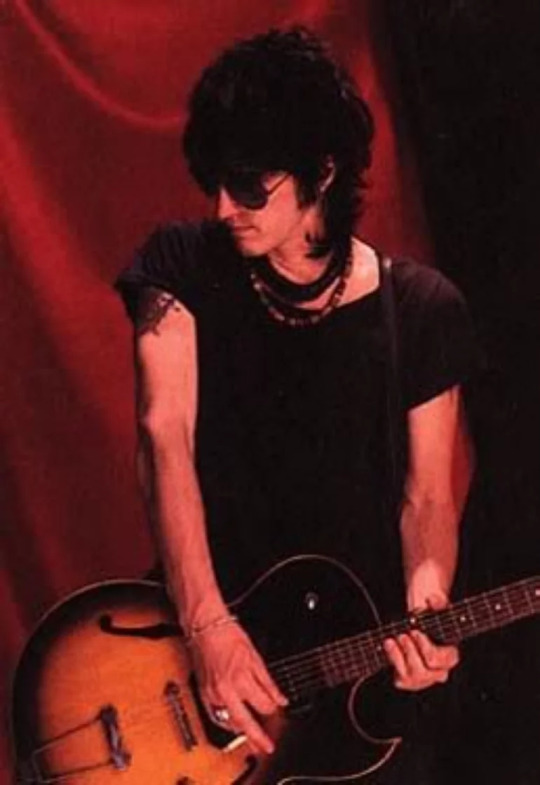

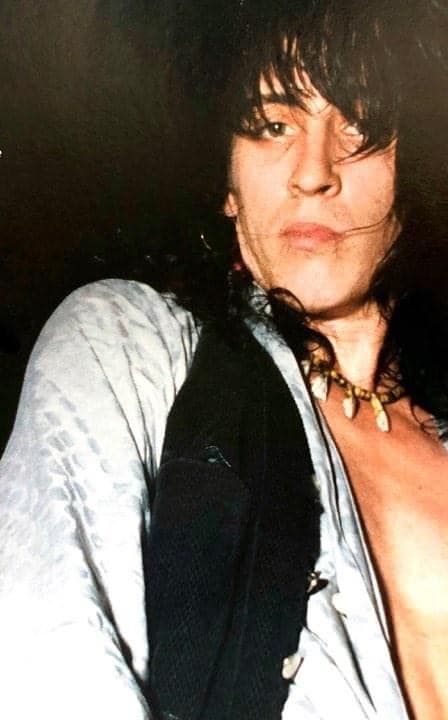
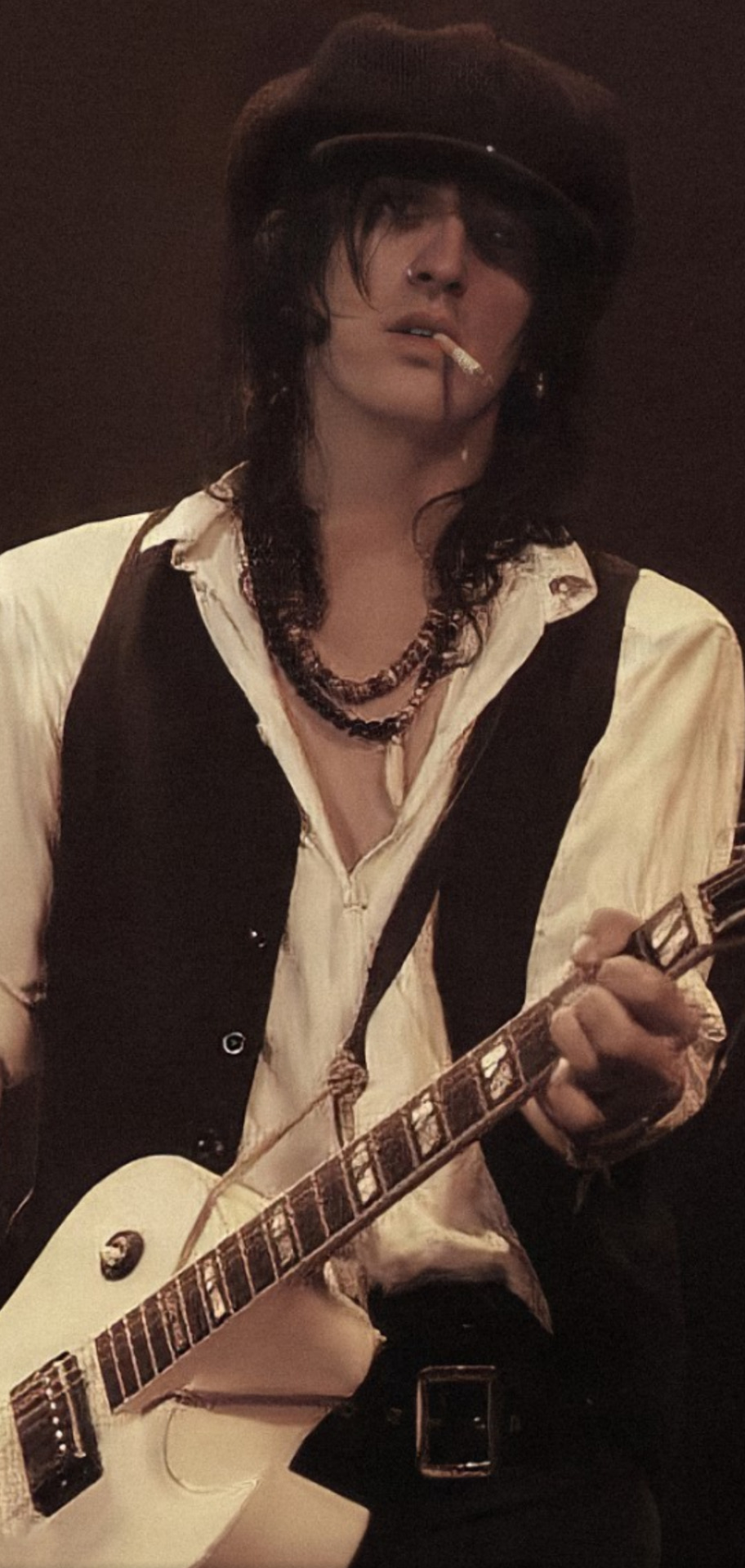
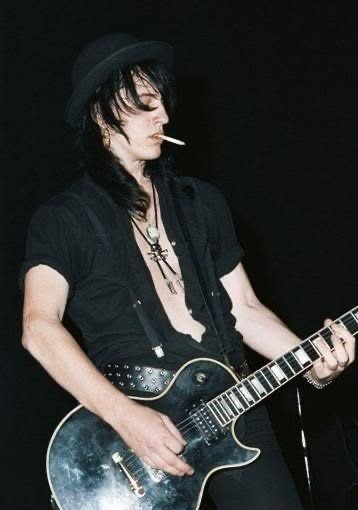

"Dust N' Bones"
There's no logic here today
Do as you got to, go your own way
I said, that's right
Time's short your life's your own
And in the end we are just
Dust an' bones
Dust an' bones
Dust an' bones
youtube
All of my love to you, Izzy. Happiest of birthdays to you. You have my heart.
#Youtube#izzy stradlin#my gypsy troubadour ⚔️#happy 62nd birthday izzy stradlin#we love respect and appreciate you izzy#izzy stradlin was put on this earth torture me and i wouldn't want it any other way#izzy stradlin and the juju hounds#guns n roses#gnr#izzy gnr#izzy juju#my heart says yes
54 notes
·
View notes
Text
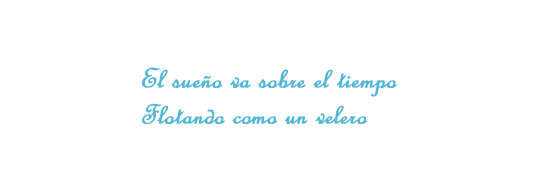

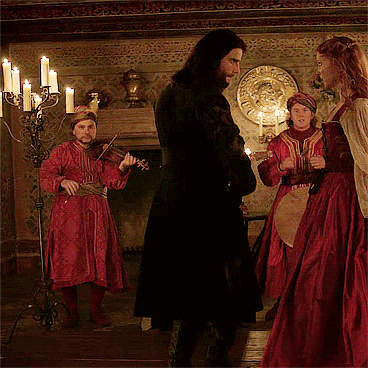

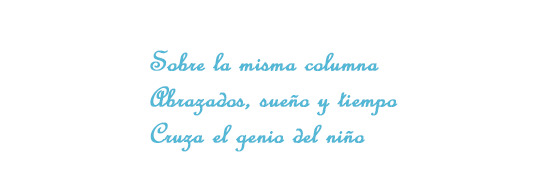


“On September 14, Cesare returned to Rome, he gave audiences lied in bed, although dressed in street clothes. The Ferrarese ambassador Saraceni informs his lord: “One might say he is ill, but yesterday evening he danced non-stop and will do the same tonight at the Pope’s palace...”
“...the city authorities took Duke Valentino to the Palazzo di Città, where a large and brilliant gathering of citizens and ladies awaited him, and where he spent the day dancing. The dances were partly comic, partly Moorish* and dancers and singers were dressed in red damask, covered with gold sequins that jingled with every move.”
“...and perhaps the only story of another chronicler remains true and characteristic, who narrates that in that night...after hearing the news, Cesare Borgia continued to dance with the utmost imperturbability.”
*In the 15th century, the moresca (moorish) is the most-often mentioned dance type in literature. In its early manifestation it appears in two forms: as a solo dance, and as a couple. [...]we know that during the eight hundred years of Moorish ocupation of Spain, there was a constant flow of peoples through southern Spain from the Middle East and Africa. Christian courts hired Moorish musicians and dancers to perform alongside the local troubadours, who liked and adopted Moorish ways. These contacts resulted in a significant Oriental influence in the dances of Andalucía in southern Spain. In addition, the Moors introduced the idea of mixed social dancing, though it was some time before the Spanish adopted the idea. Flamenco originated in Andalucía as a type of plaintive song of the gypsies who migrated to that region around the fifteen century. It is unclear who invented the dances known collectively as flamenco. Characteristics of flamenco that may be found to one degree or another in the Creole dances of the New World include rhythmic hand clapping and shouts by spectators (jaleo), finger snapping (pitos), rhythmic heel stamping, and expert footwork. In the time of Ferdinand and Isabella, dance was incorporated into autos sacramentales created to bring the liturgy alive for Spain's unschooled faithful."
Sources: José Catalán Deus, El Principe del Renacimiento: Vida y Leyenda de César Borgia.
G. Sacerdote, Cesare Borgia: La sua vita, La sua famiglia, I suoi tempi.
Tradiciones Nuevomexicanas, Mary Caroline Montaño.
#cesare borgia#dailyborgia#perioddramaedit#borgiaedit#historyedit#spanish dance#my edits#house borgia in history#this is the result of insomnia + listening to my spanish music playlist djsjdjdhds#there's so many spanish songs i often think ces would be curious with and/or liked#this one by the great camarón is one of them#idk why but something about it clicks so right with him for me
48 notes
·
View notes
Text
Rory Gallagher speaks to Molly McAnally — Interview for the Sunday Press (02.02.1988)
When a little boy feels bad, he might go in his room and pout, kick the dog, sass his mammy or steal a can of beer.
But Cork-bred, blues-rocker, Rory Gallagher just picked up his plastic guitar, tuned into the Armed Forces radio, plugged directly into the current of the fugitive's fearsome fight and the powerful, masculine autism that is the backbone of the blues.
The songs spoke of prison, injustice and the meaning of freedom, there was much in American roots music to appeal to any child incarcerated in school.
Rory was a well-bred boy, but his acute sensitivity rocketed his dreams light years from Celtic culture and a conventional path. The dirty blues is a primal moan, the sirens of speechless underclass known only by their escapes, the gypsies, the drifters and the troubadour of the dispossessed.
He wanted to be Elvis, of course, as did every little lad. Rory describes his childhood hero as a man of “organic genius” and one of the few to crawl out of the swamps and infect pop music, though the sellout ultimately destroyed him.
“I like the idea of the free spirit,” says Rory peering over a reasonable galls of red wine with the cock-headed nervousness of a chained eagle. “I was always fascinated by the man with the guitar and a tale to tell, from Muddy Waters to Woody Guthrie, he'd seem like a pirate, man with a mission, and a sense of destiny.”
If Rory has misbehaved in this life, there are at least no notable scars to tell about it. The characters and songs in his stories are often culled from crime fiction like Dashiell Hammet's, infused with a Celtic intricacy that he is only just beginning to realize is part and parcel of his originality... and subsequent commercial difficulties.
He's a proud and defensive loner, pushing 40, never acquired a wife or family, plus 15 albums and 25 U.S. tours down the road, it doesn't look as though domesticity is his lot. But he does admit he's lonely. “I've felt every emotion you can name", he says, “and sometimes I feel neglected, but if you had a settled life it would be harder to build up a climax in the music.”
And that nasty, bitter edge is an intrinsic part of the sound. “When you just live from hotel to suitcase to gig, the music is bound to become nastier,” he explains. “In a particular way, I don't feel bad in a lonesome room — that's where I do a lot of writing.”
The result is outlaw music/the spirit of risk or fortitude. “I've always believed that the best music should be dangerous,” he insists, “It's like taking it to the edge where a riot could break out. Even in gospel music, you get the mad ecstasy — I'm no fan of cocktail music, the best blues and rock is a collision.”
But Rory doesn't look dangerous. He reads a lot, tackles a few languages and pursues an avid interest in French cinema and film noir. They are full of artistic baddies, as well people condemned by circumstances to fall foul of love, the law and the mob as well. But for Gallagher, it's a romantic, intellectual exercise — until it hits the violence of his performance — a roar and visceral process which puts end to any suspicions of dilettantism.
He's never been willing to sell out and release a calculated ditty that would zip up the charts, be tomorrow's throwaway and limit the direction of his career forever more. Because he hasn't been willing, he hasn't gotten rich. Being a world class guitarist and songwriter means nothing to the star making machinery — integrity is a real liability.
But Rory is feeling happier this weather.
Though he left Cork in 1967, like many Irish men abroad, he has never admitted in having left. He describes himself as in exile.
And he says that staying out of Ireland has helped him maintain a sense of optimism about it. “Ireland's a young country which has been through the mire,” he explains, “but I've had to give up feelings too emotional about it, and as to its party politics, I just try to view them as sport.”
Rory Gallagher now embarks on his first Irish tour, this week, in 5 years. What he is bringing home is a pirate legacy, whatever has been borrowed, stolen or created, has been done with the ultimate knowledge of landing once more on this own turf. He'll still be a stubborn boy with a cheap guitar, dreaming of an Elvis sensuality and tunings into the crackling depths of America's dark side.
#rory gallagher#molly mcanally#the sunday press#sunday press#irish musicians#blues rock#irish blues#rock music
4 notes
·
View notes
Text

Robyn Hitchcock - McCabe's Guitar Shop, Santa Monica, California, July 18, 1987
Hitchcock o'clock again! We've made it to the summer of 1987 ... Spaceballs and Predator were in the theaters, Orel Hershiser was pitching for the Dodgers, "I Wanna Dance With Somebody" was topping the charts — and Robyn Hitchcock was playing solo at McCabe's Guitar Shop in Santa Monica. He'd visit the legendary SoCal venue pretty regularly for the next decade, before the Largo lured him away — indeed, this is where I first saw Robyn in 1994. A great place to catch a show, super-intimate and laid-back. You always feel like you're in on a secret when you're at McCabe's.
At this point, Hitchcock would've been in the midst of making Globe of Frogs with the Egyptians, which came out in early 1988, and he takes the opportunity during these two sets to debut a handful of songs from that great record — the title track and "Sleeping With Your Devil Mask." This is early days for Robyn as a solo acoustic troubadour, but he seems extremely comfortable and confident, his guitar work sparkling, his vocals precise, and his between-song monologues surreal and hilarious. Those monologues even creep into the songs themselves — check out the versions of "Raymond Chandler Evening," which drift into dreamlike zones midway through. Beware the Evil One!
There's also a "lost" song of sorts here — "The Angel Upstairs," which may have morphed into "Wax Doll" later on. The loose late show's encores are especially great — "Donna Summer" is an incredible improv, while the rare covers of the trad-folk "False Knight on the Road" and Dylan's "Went To See The Gypsy" are lovely. A beautiful evening on Pico Boulevard ...
Robyn Says: My friends and family are all "Artists". I have never met an ordinary person. But I am English and so not very exotic from a distance — like a minesweeper full of fruit and fireworks. I'm six foot two inches tall and made entirely of dead sea creatures. I have never wanted to be anything but a singer, although I'm basically a draughtsman. My songs are simply pictures. A song has no opinion. I want the pictures to be as intense as positive — ideally one glimpse would detonate the spectator permanently. But, inevitably, things are lost in translation, or there is a delayed re-action. I have no ambition but I am very persistent. The great thing about human beings is that they can walk and eat at the same time.
Robyn Hitchcock | Web | Patreon | Bandcamp
9 notes
·
View notes
Text
Desire

Released: 5 January 1976
Rating: 10/10
Bob Dylan is a mayfly. He lives for a day and dies, only to return the next as a new being. Nowhere is this more evident that on this album, released a year after ‘Blood On The Tracks’. Gone are the bluesy guitars and country overtones, now it’s all carnival crescendos and adventure movie plots. This is an album made up of four individuals, the first obviously being Bob, who’s voice is astonishing. Then we have Jaques Levy, a playwright who co-wrote most of the tracks and clearly helped with the narrative on many of the best songs. Then there’s Emmylou Harris, an incredible artist in her own right, who effortlessly provides backing vocals and blends with Bob just as well as Joan Baez did. Finally, we have the star of the show, Scarlet Rivera. A violinist who Bob saw on the street one day, her addition to the recording band is magical, and this album is elevated to a new realm almost solely due to her. Between the recording and the release of this record, Bob began touring small venues in America with his gypsy travelling band as the Rolling Thunder Revue (RTR), and this mad tour is captured in the Martin Scorsese Netflix documentary of the same name. The performances of Bob caked in white paint are unmissable, as is this album, which is often overlooked in the Dylan pantheon, but is deserving of a place on the list of greatest albums ever made.
1) Hurricane - The return of Bob ‘I Don’t Sing Protest Songs’ Dylan. This is not only an epic retelling of the horrific events that lead to Ruben Carter’s wrongful arrest, but it’s also the perfect way to showcase the unique sound achieved on this album. Scarlet’s violin is the perfect accompaniment to Dylan’s voice, which sounds better than ever here. It’s a brilliant track and is always nice to be reminded that, despite his own hatred of the label, Bob was still a huge figure in the civil rights movement. The live footage of him singing the song in 1975 is spellbinding, and you can tell how much Ruben’s story means to him.
2) Isis - Fucking hell, no one tells a story like Dylan. Hot off the heels of a true story of injustice comes this bizarre fiction about death and adventure. I won’t begin to sum up the twists and turns Dylan narrates, just know that you hang on his every word as he paints masterful characters and scenes, whilst his backing band are in full force conjuring up mystical locations and exotic sounds. As with most of this album, the live RTR performance is a must watch, if only to see Dylan acting out the story with a madness in his eyes and some hilarious dance moves.
3) Mozambique - Apparently, this song came about as a bet to see how many words would rhyme with the titular country, and therefore the song is light and cheerful. Whilst the lyrics do have romantic imagery and political undertones, it is largely a throwaway tune that is still always fun to listen to.
4) One More Cup Of Coffee - The best song on the album, and perhaps Dylan’s best ever vocal performance, with beautiful harmonies with Emmylou Harris. A dark love song that makes you feel both spellbound and uneasy, it’s just pure magic that can be listened to on repeat, with Scarlet’s violin being the star of the show. Again, the RTR performance is among the finest things Bob has ever done.
5) Oh, Sister - This song is about Joan Baez, I don’t care what anyone else says. It’s a touching sentiment about their friendship, and the mystical, biblical imagery fits perfectly with the rousing music. Emmylou’s backing vocals are gorgeous and the whole song works perfectly together, particularly when performed live on the RTR.
6) Joey - This is a weird song. I love the music, the singing, everything about it except for the lyrics. Critic Lester Bangs described this deification of mobster Joey Gallo as ‘repellent romanticist bullshit’ and it’s hard to disagree. Bob’s story has changed over the year, he’s defended the song and Gallo, as well as stating that Jaques Levy wrote the words. Either way, it is easily my worst song on the album as I find it uncomfortable to listen to, which is unfortunate as all the components are there, I just can get onboard with the worship of a murderer.
7) Romance In Durango - A sprawling story set in Mexico with vivid imagery and Spanish tongues, this song really captures the whole mood of the album. The instrumentation is perfect, it’s a brilliant troubadour number that is both incredibly unique and also quintessentially Dylan: a bit strange yet always fresh and invigorating. The RTR version is one of Dylan’s best ever live performances and the energy is infectious.
8) Black Diamond Bay - Much like track 2, another song that tells a fantastical story that rivals the greatest writers in fiction. Like the album as a whole, all of the individual elements work seamlessly here to create a wondrous tune. It’s a song that doesn’t get enough praise, which shows just how amazing this period of Dylan’s work is, as for any other artist this would likely be their masterpiece. Yet for Bob, it’s just an album track tucked away towards the end.
9) Sara - The closing track is heartbreaking, Bob’s last ditch attempt to win back his wife. Of course it was too little too late and the marriage was irreparable, though Bob did play it for Sara during the recording sessions and it was understandably emotional. The song is a sequel to ‘Sad Eyed Lady Of The Lowlands’ at the end of the their relationship 10 years later. It’s both sweet and sad, with Bob sounding pained and the music sweeping over the track with raw emotion. He rarely lays himself bare like this and you can feel his desperation pouring out of the speakers. It’s a depressing note for the record to end on, but it’s an important moment in the history of Bob’s personal life.
Verdict: A masterpiece, plain and simple. The music is original, the songs are interesting, and the vocals are inspired. No other artist could follow up ‘Blood On The Tracks’ with an album that’s almost equally as perfect, yet Bob does it with ease whilst also completely changing his sound. My one complaint is again with Bob’s song choice. Listen to the studio outtake ‘Abandoned Love’, it is mind boggling that a song as genius as that was left of the album, yet ‘Joey’ was still included. In spite of this, I will never tire of this album and it holds a special place in my heart as it’s also my fiancé’s favourite Dylan era. Going forward, after the Rolling Thunder Review, Bob’s divorce was finalised and his attention would begin to turn to a higher power. Whilst he wouldn’t be born again for another 3 years, his next album began to embrace the gospel sound and sent Bob on an unexpected path.
9 notes
·
View notes